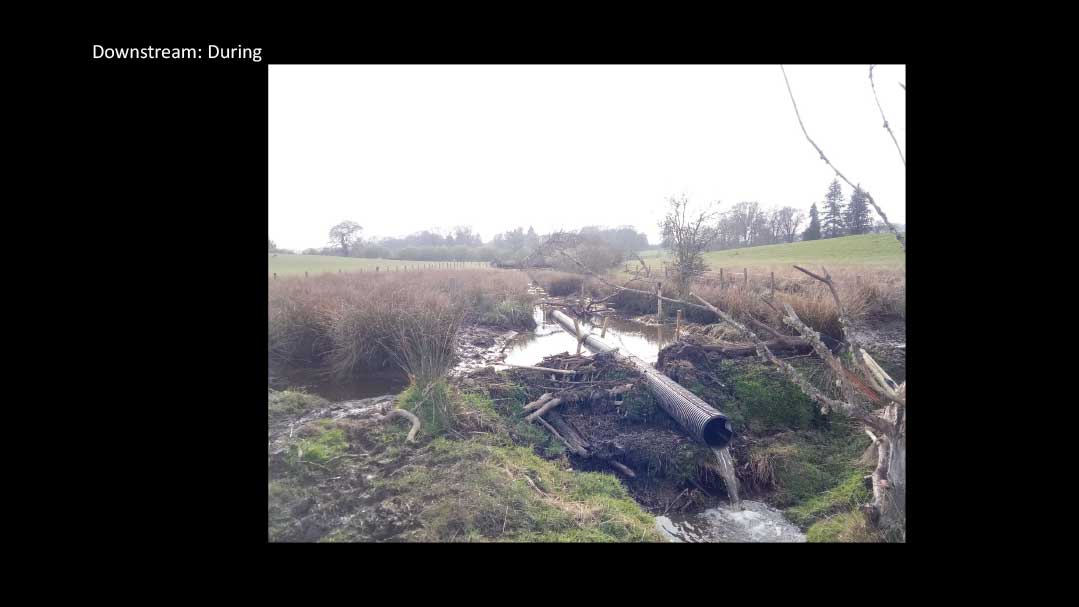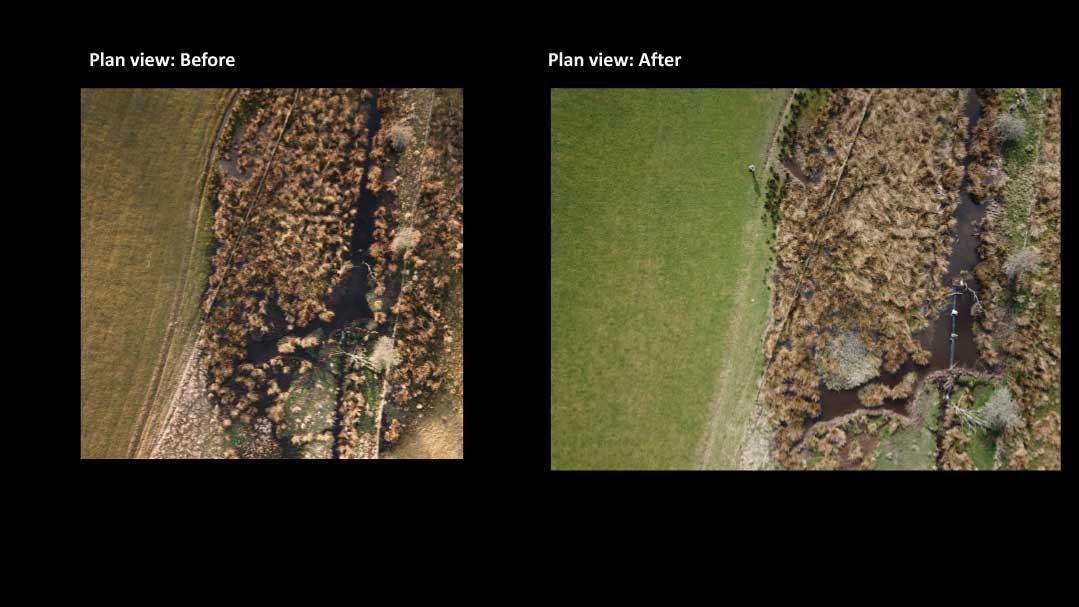Olly van Biervliet
Olly van Biervliet
The effects of the Eurasian beaver (Castor fiber) on hydrology and nutrient dynamics in UK headwater streams (UCL, University of Stirling, Wildfowl and Wetlands Trust)Abstract The Eurasian beaver (Castor fiber) is the first mammal to be reintroduced to the UK, gaining native status in Scotland in 2016, and gaining legal protection on 1 May 2019. Beavers are habitat engineers known to substantially alter river hydrology and nutrient cycling. Beaver dams slow water and route it through a variety of flow pathways causing increased surface water storage and, in some cases, the potential to change surface-groundwater exchanges with implications for local water table elevations on adjacent floodplains. Other effects may include reduced downstream peak discharge, and increased base flows. The importance of these processes at larger spatial scales (e.g. catchment scale) is largely not understood. The coupling of hydrological conditions present in beaver ponds with biogeochemical activity means ponds are hotspots for nutrient cycling. Significant denitrification, methane release and landscape-scale carbon storage are reported. We suggest that these effects result from reduced flow velocities which cause carbon and nutrient-rich fine sediment to be trapped, enhancing microbial activity, and giving rise to reduced chemical conditions in sediments. The proposal is to: Policy Impact 1) Assess the impact of beaver dams on hydrological processes which impact humans – especially in terms of natural flood risk management and effects on local groundwater levels. |
Natural Flood Management - Intro
Natural Flood Management - Part One
Natural Flood Management - Part Two
Natural Flood Management - Part Three
How beaver dams are made
Olly’s work is still ongoing. The results will be published here when they are available.
(all photos/videos on this page by Olly van Biervliet)








